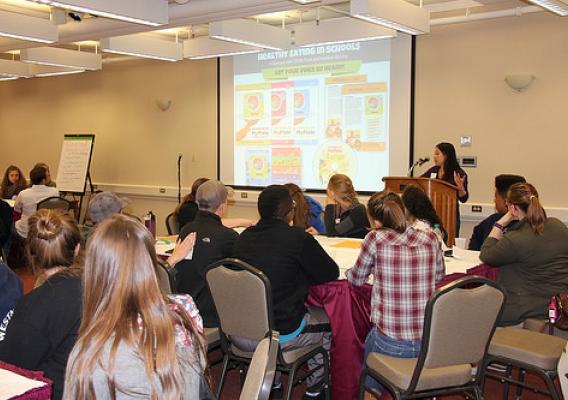In this guest blog, Iowa State 4-H Youth Development program leader John-Paul Chaisson-Cardenas takes a look at several ways 4-H is embracing the cultural diversity of its participating youth to make sure youth of color feel welcome as the U.S. student population grows more diverse.
By John-Paul Chaisson-Cardenas, Iowa State 4-H Youth Development Program Leader
While the foundational elements of 4-H—experiential learning, positive youth development, et al.—are well-suited for cross-cultural and multicultural contexts, some of the language and traditions of 4-H may not be as culturally relevant to many youth.
In 2014, Iowa 4-H began to intentionally move beyond inclusion to belonging. We expanded on the previous work of our national partner, 4-H National Headquarters, to redevelop programs that reflect the positive cultural knowledge that many of our youth already have. 4-H National Headquarters is part of USDA’s National Institute of Food and Agriculture (NIFA), provides funding and national program leadership to 4-H.










